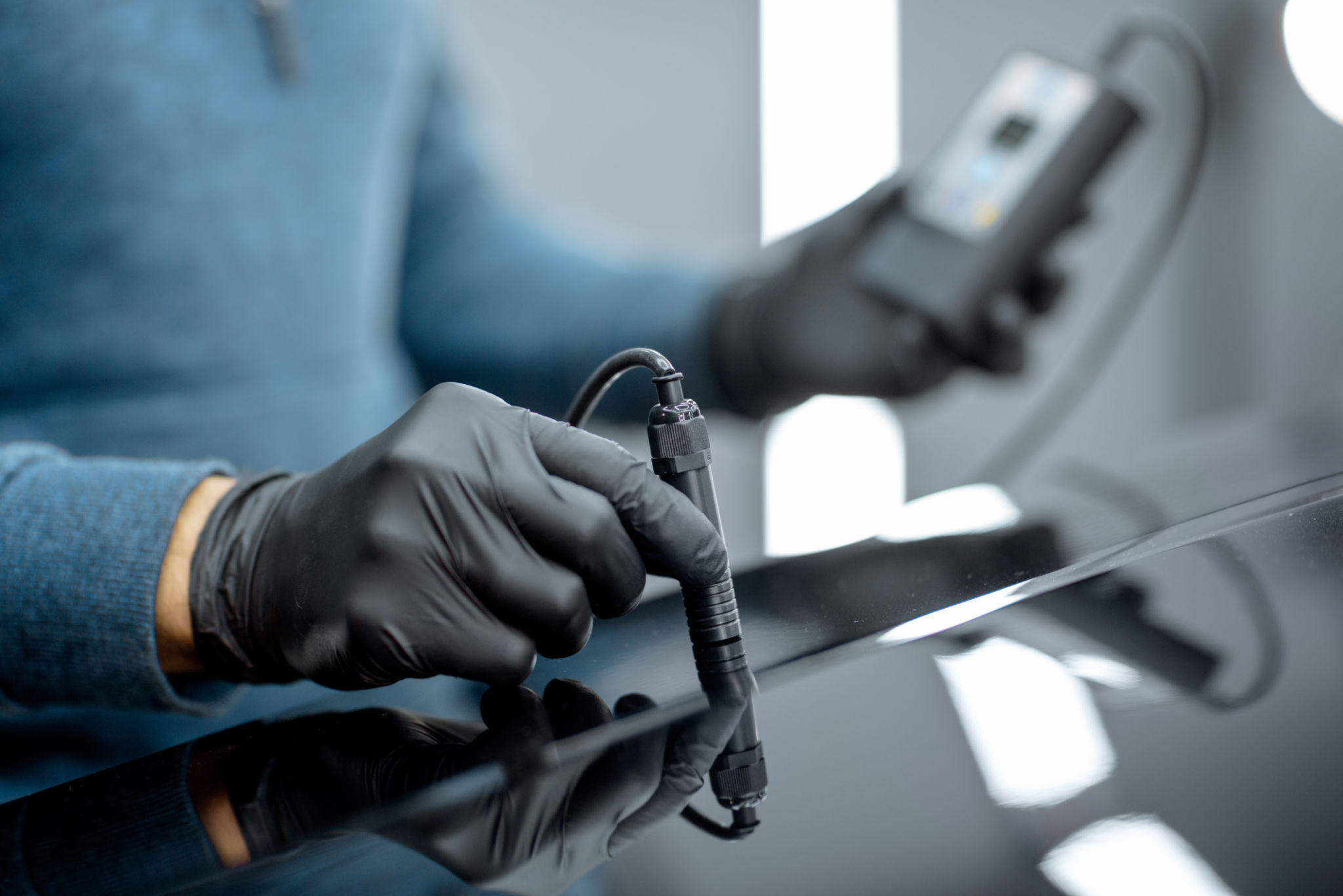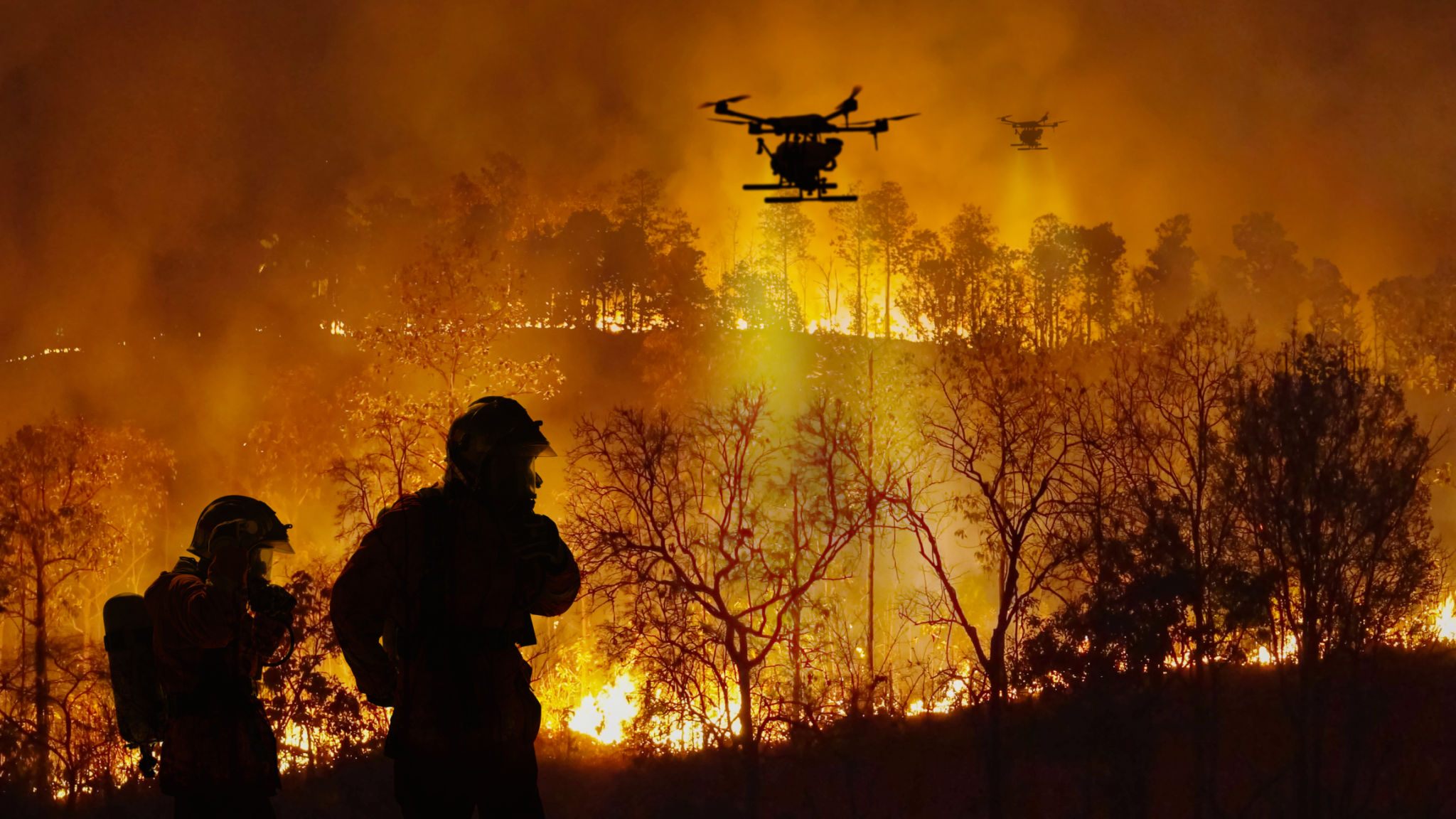Innovative Trends in Coating Inspection Technology
Introduction to Coating Inspection Technology
The field of coating inspection technology has undergone significant transformations over the past few years. With advancements in technology, the methods used to inspect coatings have become more accurate, efficient, and reliable. These innovations are crucial for industries where protective coatings play a vital role in maintaining structural integrity and extending the life span of assets.

Non-Destructive Testing Methods
One of the most notable trends in coating inspection is the increased use of non-destructive testing (NDT) methods. These allow inspectors to examine coatings without causing any damage to the materials. Techniques such as ultrasonic testing, infrared thermography, and laser shearography are becoming more popular due to their ability to provide detailed insights into coating conditions.
Ultrasonic testing, for example, uses high-frequency sound waves to detect flaws within a coating. This method is highly effective in identifying issues like delamination and thickness variations. Similarly, infrared thermography can detect temperature variations that may indicate underlying problems in the coating structure.
Advanced Imaging Techniques
Advanced imaging techniques have also made significant strides in coating inspection technology. High-resolution cameras and drones equipped with imaging sensors enable inspectors to capture detailed visuals of large structures with ease. This technology is particularly beneficial for inspecting hard-to-reach areas, such as tall buildings or offshore platforms.

Drones can be flown over large surfaces, capturing images that provide a comprehensive overview of the coating condition. These images can then be analyzed using specialized software to detect any anomalies or areas requiring maintenance.
Data Analytics and Machine Learning
Data analytics and machine learning are revolutionizing the way coating inspections are conducted. By leveraging these technologies, inspectors can analyze large volumes of data to identify patterns and predict potential issues before they occur. This predictive analysis helps in planning maintenance activities and minimizing downtime.
Machine learning algorithms can be trained to recognize specific defects or degradation patterns in coatings. This automated analysis reduces the likelihood of human error and speeds up the inspection process, ensuring that potential issues are addressed promptly.

Integration with IoT
The integration of Internet of Things (IoT) devices into coating inspection is another trend gaining traction. IoT sensors can be embedded within coatings or attached to structures to provide real-time data on environmental conditions and coating performance. This continuous monitoring allows for proactive maintenance and ensures optimal protection of assets.
IoT-enabled systems can send alerts when certain thresholds are exceeded, enabling swift action to prevent further deterioration. This approach not only enhances the effectiveness of inspections but also extends the lifespan of the coatings.
Conclusion
The innovative trends in coating inspection technology are transforming the industry by offering more precise, efficient, and cost-effective solutions. From non-destructive testing methods and advanced imaging techniques to the integration of data analytics, machine learning, and IoT, these advancements are setting new standards for quality control in coating applications.
As these technologies continue to evolve, industries will benefit from improved asset management and reduced maintenance costs, ultimately leading to safer and more reliable operations.